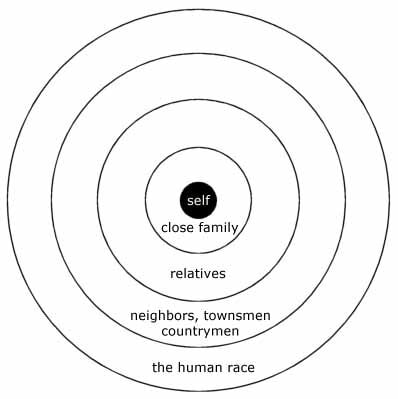Don’t believe me; checkout The Daily Stoic, which claims 300,000 followers. Or do a Google NGram for word frequency in publications from 1600 to the present, with the words “Stoicism” and “Epicureanism” as the search entries, and watch Stoicism surge from 1980 to the present. .Or re-read the excellent essay “Turn Out and Lean in” by Greg Hays in the New York Review.for March 11 2021, including books by Cora E.. Lutz (on Musonius Rufus), James Romm on Seneca, A. Long on Epictetus. And, of course, he could have added many other recent books, including Nancy Sherman’s Stoic Wisdom: Ancient Lessons for Modern Resilience. and Donald Robertson’s “How to Think Like a Roman Emperor,” a terrible title for a very valuable book. (The emperor is Marcus Aurelius, of course; he’s all the rage these days., as one can see from book sales: Penguin reports that sales of Marcus Aurelius’ Meditations went from 16,000 to over 100,000 in a recent year – yes a single year!
That “grave and holy man ” Hierocles (as Aulus Gellius called him) has made his way into the New York Times. His concentric circles are still a way of living a better life.
There’s plenty to argue about as one can see from the article just mentioned, Nancy Sherman “If You’re Reading Stoicism for Life Hacks, You’re Missing the Point” in the New York Times for May 16 2021. The dark side is brought out in an essay by Shavla Love in Vice. (Thanks again to Greg Hays who called it to my attention.)
Before we dismiss this movement as a “mega-industry,” or as Pop Stoicism, it’s worth asking ourselves What’s behind it?
What’s your answer to that question? I would like to include your responses. Post them here on the blog or email me at [email protected]
--
That “grave and holy man ” Hierocles (as Aulus Gellius called him) has made his way into the New York Times. His concentric circles are still a way of living a better life.
There’s plenty to argue about as one can see from the article just mentioned, Nancy Sherman “If You’re Reading Stoicism for Life Hacks, You’re Missing the Point” in the New York Times for May 16 2021. The dark side is brought out in an essay by Shavla Love in Vice. (Thanks again to Greg Hays who called it to my attention.)
Before we dismiss this movement as a “mega-industry,” or as Pop Stoicism, it’s worth asking ourselves What’s behind it?
What’s your answer to that question? I would like to include your responses. Post them here on the blog or email me at [email protected]
--
